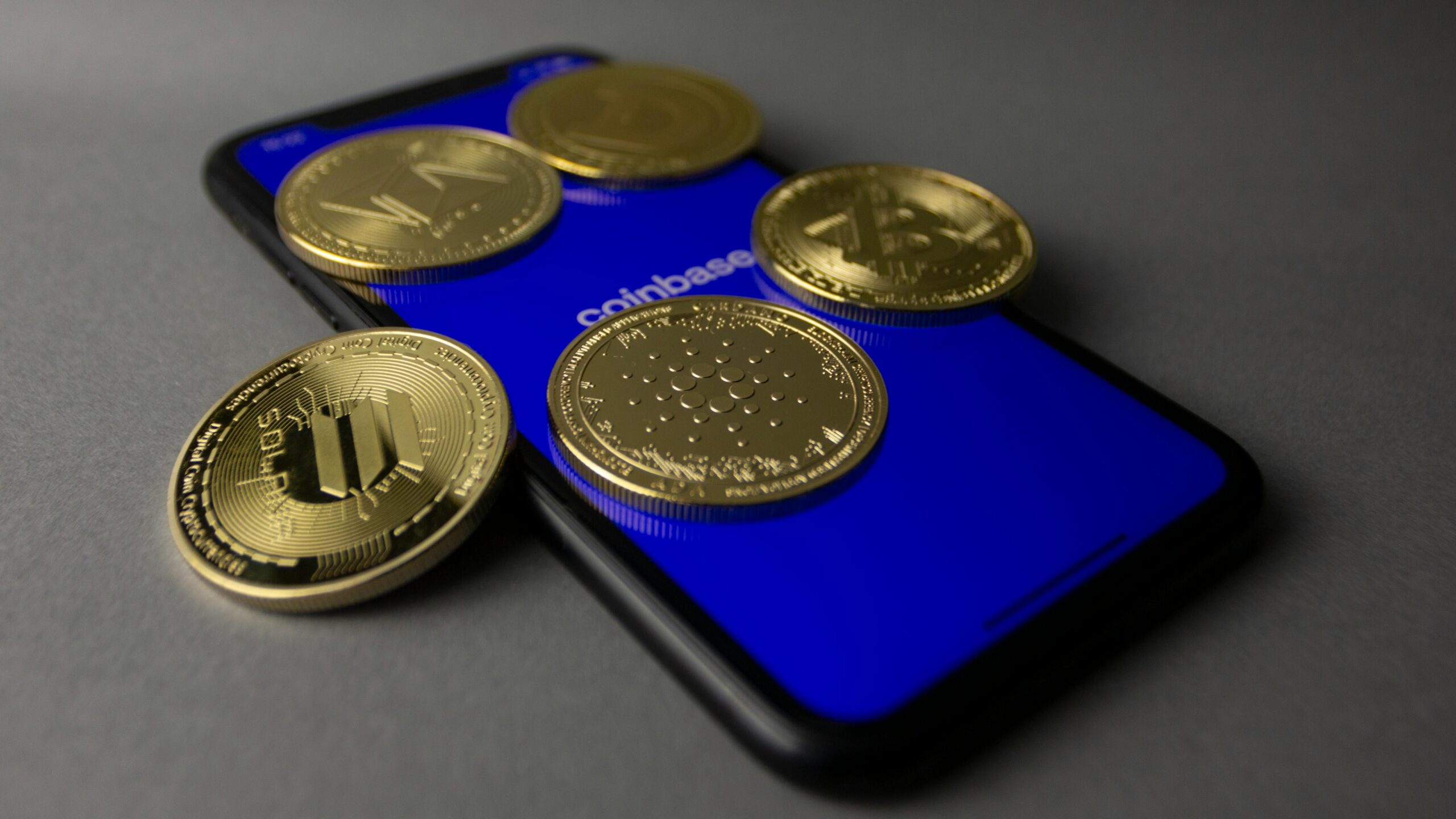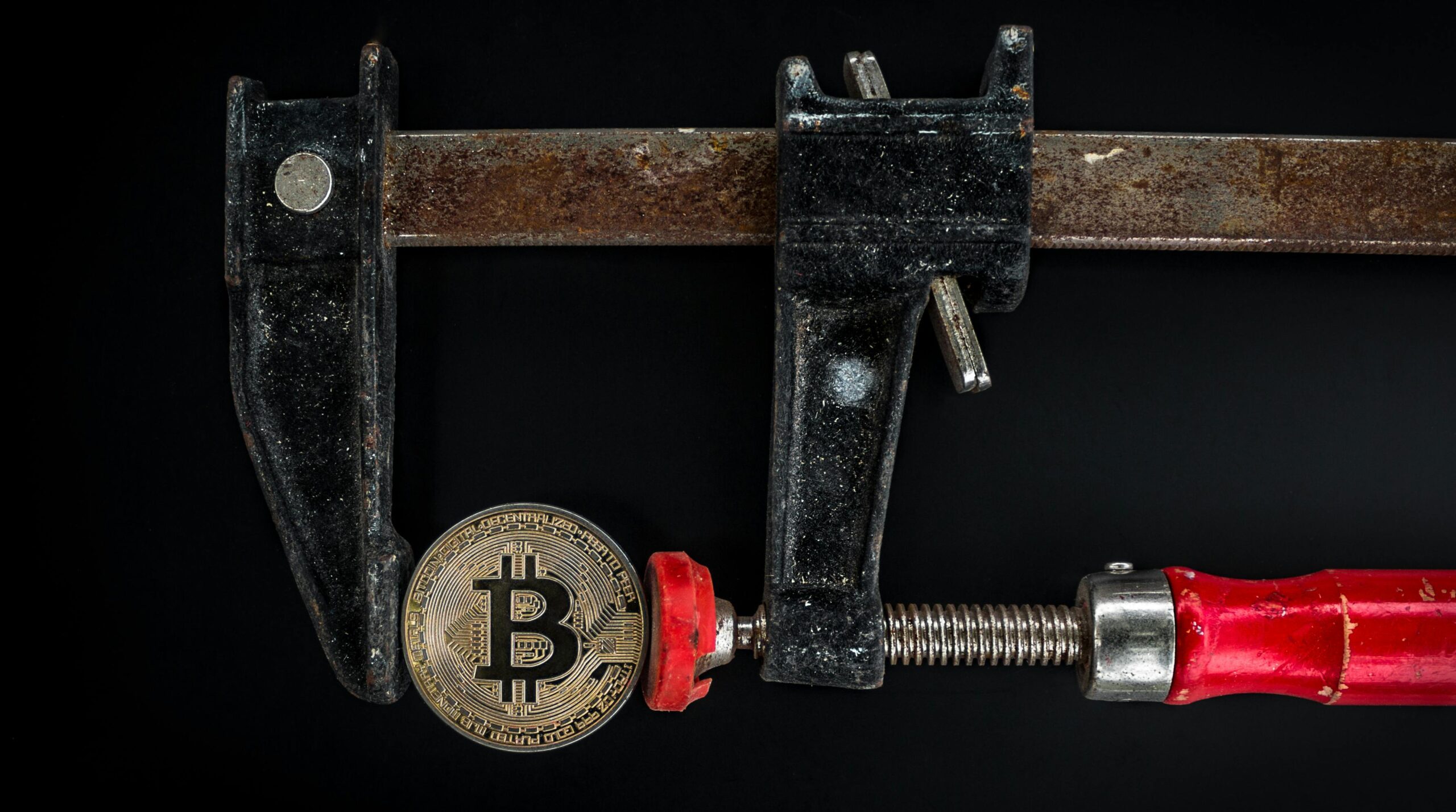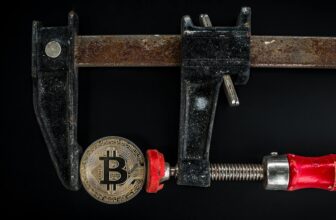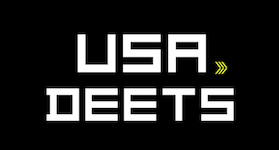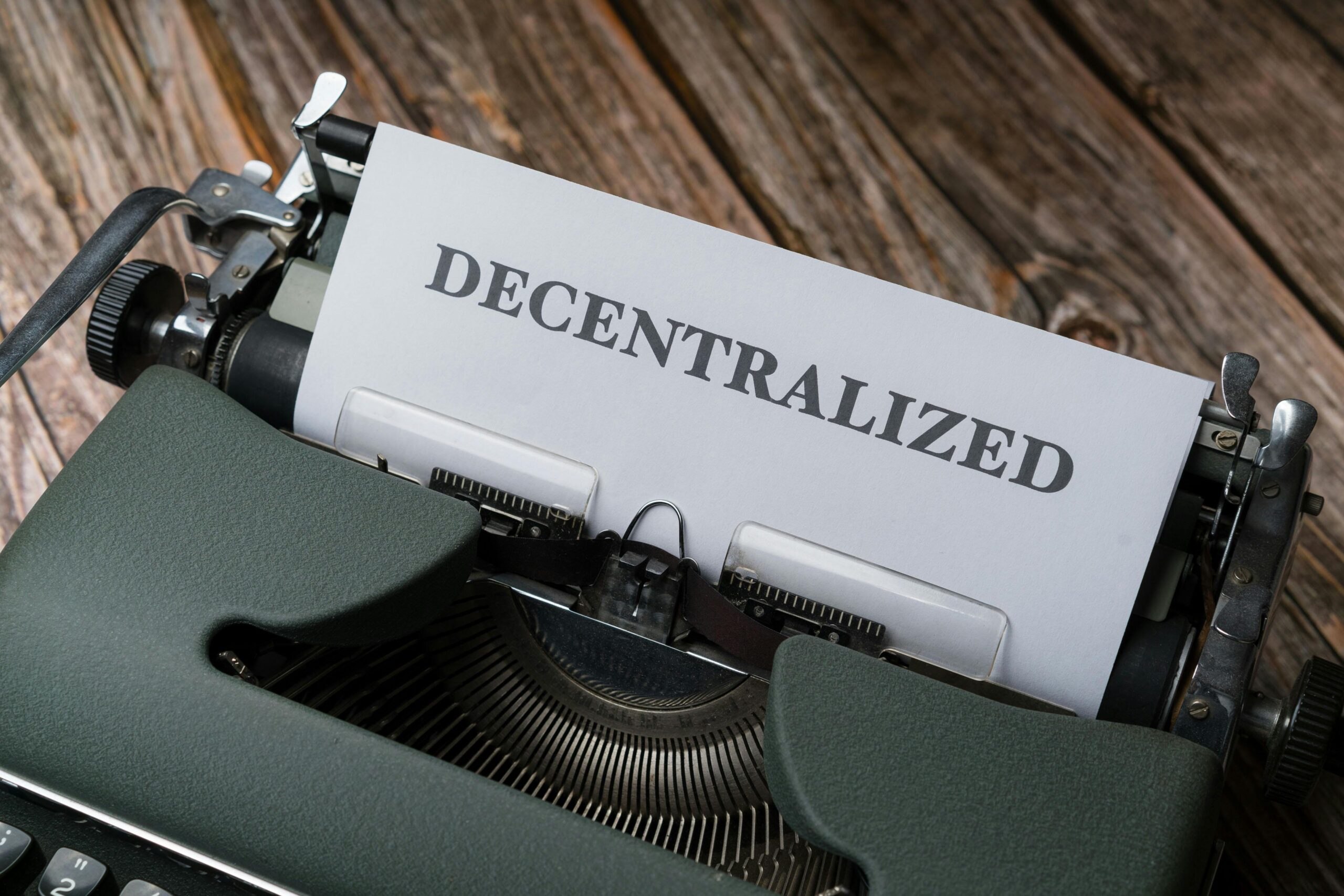
DeFi stands for Decentralized Finance. Imagine a financial system that operates without a central authority like a bank. That’s the core idea behind DeFi. A DeFi wallet is your key to participating in this new world.
Here’s the breakdown:
- Regular wallets: Think of your bank account or a brokerage app. These are custodial wallets, meaning a company holds your money and grants access.
- DeFi wallets: These are non-custodial wallets. You hold the private keys, like a super secure password, that controls your crypto. It’s like having your own digital vault, and only you have the key.
The Benefits of a DeFi Wallet:
- Be Your Own Boss: You have complete control over your crypto. No more waiting on banks or exchanges to process transactions.
- Explore DeFi Apps: DeFi wallets unlock a world of decentralized applications (dApps) for things like earning interest on your crypto or borrowing money without a bank.
- Potentially Higher Security: With proper safekeeping of your private keys, DeFi wallets can be very secure, as there’s no central point of attack for hackers.
Things to Consider:
- Self-Custody is a Responsibility: Losing your private keys means losing your crypto. Unlike a bank, there’s no safety net if you mess up.
- Not Beginner-Friendly: DeFi wallets can have a steeper learning curve compared to traditional wallets.
- Limited Functionality: You might not be able to directly buy or sell crypto with a DeFi wallet. You’ll likely need an exchange for that.
The Different Types of DeFi Wallets:
1. Mobile Wallets:
Imagine having your crypto vault in your pocket! Mobile wallets are super convenient DeFi options accessible through your phone. Popular choices like MetaMask and Trust Wallet are user-friendly and perfect for everyday crypto transactions. Just remember, since they’re connected to your phone, make sure you have strong security measures in place to keep those digital doors locked tight.
2. Desktop Wallets:
Prefer keeping things on your computer? Desktop wallets offer a similar experience to mobile wallets, but on your desktop. They provide a bit more control and flexibility compared to mobile options, but come with the responsibility of keeping your computer secure.
3. Browser Extension Wallets:
Think of these as mini-vaults built right into your web browser. Popular options like MetaMask also come in browser extension form, allowing you to seamlessly interact with DeFi applications directly from your browser. Convenience at its finest, but again, remember that your computer’s security is crucial.
4. Hardware Wallets:
Now, if you’re a crypto OG who prioritizes maximum security, hardware wallets are your best bet. These bad boys look like fancy USB drives and store your crypto offline, completely isolated from the internet. Ledger and Trezor are some popular choices. Think of them as a bank vault for your digital assets – super secure, but not as convenient for everyday transactions since you need to connect them to a computer to use them.
DeFi Wallet Security: Friend or Foe?
We’ve talked about the perks of DeFi wallets – freedom, control, and access to the exciting world of DeFi applications. But with great power comes great responsibility, as they say. So, are DeFi wallets safe? The answer, like most things in life, is a nuanced “it depends.”
The Good News:
DeFi wallets themselves are inherently secure. Here’s why:
- Non-Custodial: Unlike traditional exchange wallets, DeFi wallets don’t hold your crypto for you. You have the keys (a secret code) that grant access to your funds. This means even if the company behind the DeFi wallet has a mishap, your crypto remains safe.
- Strong Encryption: Most DeFi wallets use top-notch encryption to scramble your data, making it nearly impossible for hackers to crack.
The Not-So-Good News:
The responsibility for security ultimately falls on you, the DeFi wallet owner. Here’s where things can get tricky:
- Keeping Your Keys Safe: Losing your secret code is like losing the key to your Fort Knox of crypto. There’s no way to recover it, and your crypto is gone forever.
- Phishing Attacks: Sneaky scammers might try to trick you into revealing your secret code through fake websites or emails. Always be cautious and double-check everything before entering your code.
- Malware: Malicious software can infiltrate your device and steal your crypto. Make sure you have strong antivirus software installed and keep your device updated.
Making Your DeFi Wallet a Security Fortress:
Here are some tips to keep your DeFi wallet safe and sound:
- Store your secret code offline. Never write it down on a computer or share it with anyone. Consider using a hardware wallet for maximum security.
- Be cautious of phishing attempts. Don’t click on suspicious links or enter your code on unknown websites.
- Keep your device secure. Use strong passwords, enable two-factor authentication, and keep your software updated.
- Educate yourself. The more you understand DeFi wallets and potential security threats, the better equipped you are to protect your crypto.
The Bottom Line:
DeFi wallets can be a secure way to store your crypto, but it requires vigilance on your part. By following these tips and being security-conscious, you can turn your DeFi wallet into a safe haven for your digital assets.
How to Transfer Money from Defi Wallet to Bank Account
So you’ve been conquering the DeFi world and now want to convert your crypto gains into good US dollars. While DeFi wallets are fantastic for holding crypto, they don’t directly connect to your bank account.
Here’s how to turn your crypto into cash:
Choose Your Cryptocurrency Exchange:
Think of a crypto exchange as a swap meet for digital money. You’ll send your crypto there to be converted into USD. Popular options include Coinbase, Kraken, and Binance.US (for US residents).
Transfer Your Crypto to the Exchange:
Once you’ve chosen your exchange, you’ll need to transfer your crypto from your DeFi wallet to the exchange’s wallet address. Make sure you double-check the address before sending to avoid any mishaps! This process can be similar to sending funds to another DeFi wallet.
Sell Your Crypto for USD:
Once your crypto arrives at the exchange, navigate to the trading section and sell it for US dollars. The exchange will likely have a variety of order types, but a simple market order should work for most beginners.
Withdraw USD to Your Bank Account:
Finally, the moment you’ve been waiting for! Initiate a withdrawal from the exchange, specifying your bank account details. The exchange will typically process the withdrawal within a few business days, and voila! Your USD will be deposited into your bank account.
Important Things to Remember:
- Transaction Fees: Both DeFi wallets and cryptocurrency exchanges may charge fees for transfers and withdrawals. Be sure to factor these costs into your calculations.
- Trading Prices: The price of your crypto can fluctuate, so the USD amount you receive might differ slightly from what you expect based on the market value at the time of sale.
Alternative Methods (for Experienced Users):
There are some peer-to-peer (P2P) marketplaces where you can directly connect with other users to sell your crypto for cash. However, these methods can be a bit more complex and may carry higher risks, so they’re best suited for experienced users comfortable with navigating P2P transactions.
Conclusion:
A DeFi wallet is a self-managed vault for your crypto assets. Unlike traditional exchange wallets, DeFi wallets give you complete control and keep your crypto independent of any bank or third party. This freedom comes with the responsibility of safeguarding your secret access code, but with some security awareness, a DeFi wallet can be a powerful tool for crypto enthusiasts.
References:
- Coinbase: DeFi Wallet Basics: https://www.coinbase.com/learn/wallet/how-to-get-started-in-defi
- Blockchain.com: What is a DeFi wallet?: https://support.blockchain.com/hc/en-us/articles/360029029911-Blockchain-com-Wallet-101-What-is-a-DeFi-wallet
- The Motley Fool: What Is a DeFi Wallet? https://www.fool.com/the-ascent/cryptocurrency/best-crypto-wallets/
FAQs
Q: How do I withdraw money from my DeFi wallet?
DeFi wallets themselves don’t connect directly to your bank account. Here’s the typical flow:
Choose a Cryptocurrency Exchange: Think of it as a swap meet for digital money (Coinbase, Kraken, Binance.US for US residents).
Transfer Your Crypto to the Exchange: Send your crypto from your DeFi wallet to the exchange’s address.
Sell Your Crypto for USD: Exchange your crypto for US dollars on the platform.
Withdraw USD to Your Bank: Initiate a withdrawal to your linked bank account (processing typically takes a few business days).
Q: Can you make money on a DeFi wallet?
DeFi wallets themselves don’t directly generate income. However, they unlock the world of Decentralized Finance (DeFi) applications. These apps offer various ways to potentially earn interest on your crypto holdings or participate in DeFi protocols for potential returns.
Q: How to earn money in DeFi?
There are several ways to potentially earn money in DeFi, but it’s important to understand the risks involved (see “Is DeFi high risk?” below). Here are a few examples:
DeFi Lending: Loan out your crypto to others and earn interest.
Yield Farming: Supply your crypto to liquidity pools and potentially earn rewards.
Staking: Support a blockchain network and earn rewards for holding specific crypto.
Q: Is DeFi high risk?
Yes, DeFi carries significant risks. Here’s why:
Market Volatility: Crypto prices can fluctuate dramatically, leading to potential losses.
Smart Contract Risks: DeFi applications rely on smart contracts, which can have bugs or vulnerabilities.
Rug Pulls: Scammers might create fake DeFi projects and steal investor funds.
Q: Is a DeFi wallet free?
DeFi wallets themselves are generally free to download and use. However, you might encounter fees for:
Transaction fees: These blockchain fees cover the cost of processing transactions.
Gas fees: Specific to the Ethereum network, gas fees are required to interact with DeFi applications.

